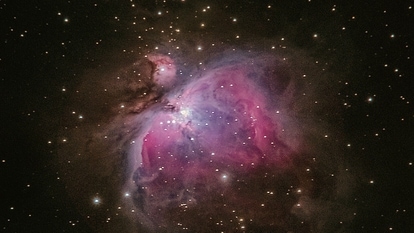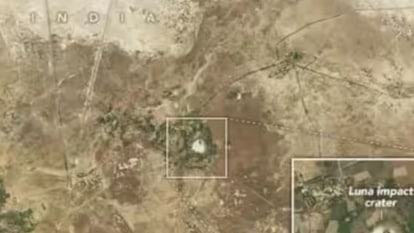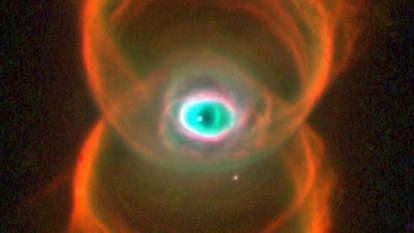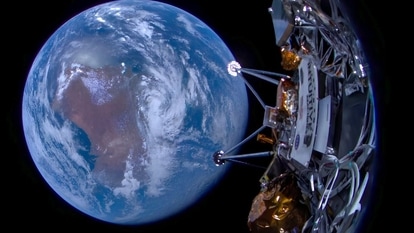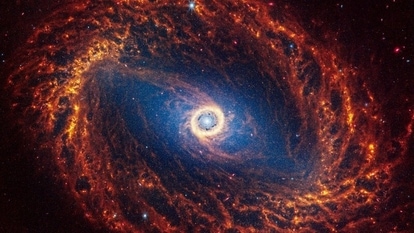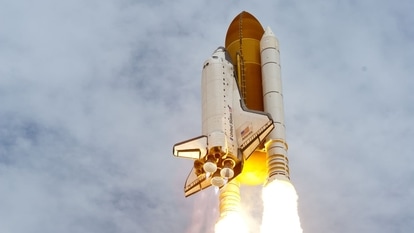NASA Astronomy Picture of the Day 11 March 2023: Asteroid Bennu in 3D
NASA's Astronomy Picture of the Day is a stunning 3D anaglyph of the asteroid Bennu.
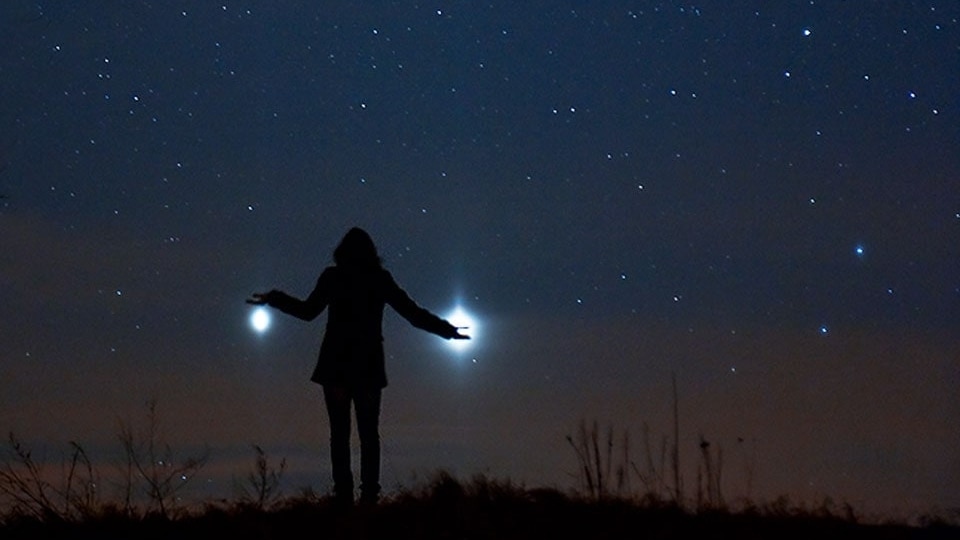
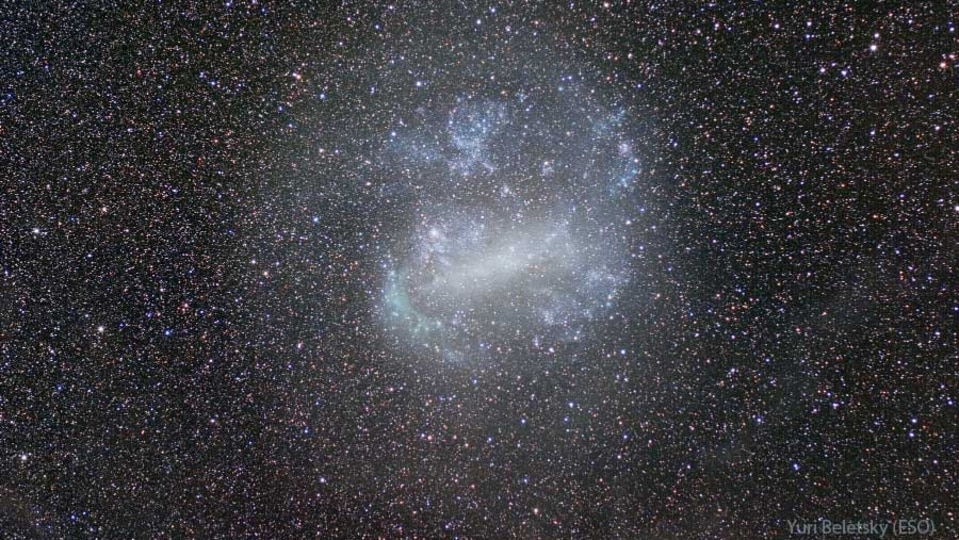

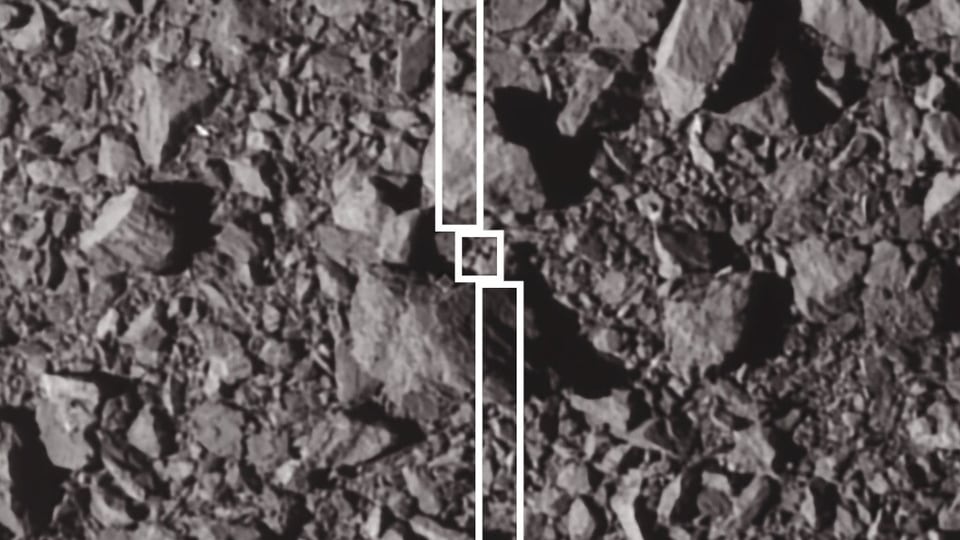
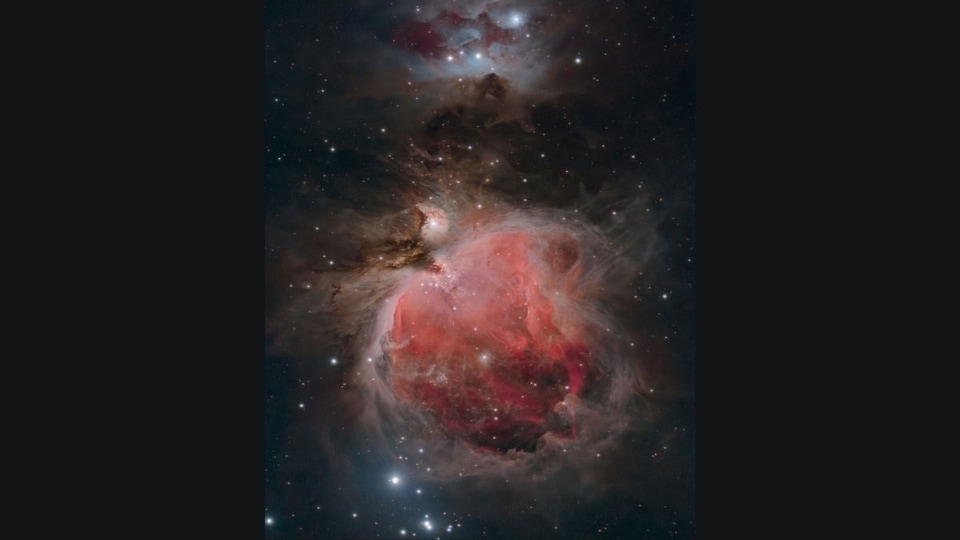
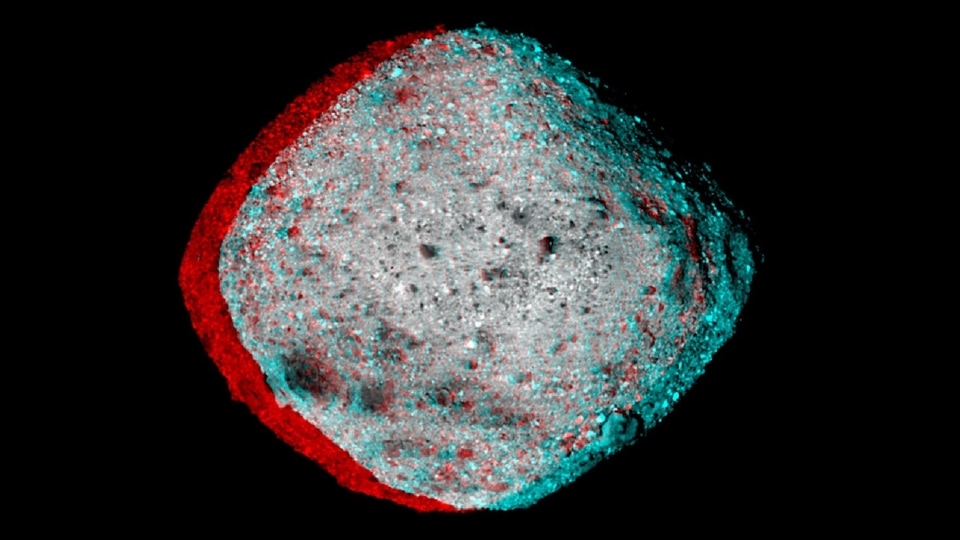
 View all Images
View all ImagesSpace is vast and terrifying, but at the same time, it is deeply intriguing and mysterious. Our fascination with space and understanding the origin of the solar system has led scientists to one of its biggest celestial nemeses. Nothing exemplifies this relationship of humans with space better than the NASA OSIRIS-REx mission. This space mission sent an unmanned spacecraft to the potentially hazardous asteroid Bennu to collect rock samples and it is now on its way to Earth. Interestingly, there is a big chance that this asteroid can strike the Earth in the year 2182.
NASA's Astronomy Picture of the Day is a picture showing the Bennu asteroid as it was captured by the OSIRIS-REx spacecraft while it took a last glance before flying towards the Earth. Bennu is a carbonaceous asteroid in the Apollo group discovered by the LINEAR Project on 11 September 1999. It is named after the ancient Egyptian mythological bird associated with the Sun, creation, and rebirth. It is believed that the asteroid contains pristine elements and molecules that can shed light on the origin of the solar system and the origin of life on Earth.
Interestingly, OSIRIS-REx is not the first mission to an asteroid to collect its sample. The Japanese probe Hayabusa returned samples from 25143 Itokawa in 2010, and Hayabusa2 returned from 162173 Ryugu in December 2020.
The picture was captured by PolyCam on the OSIRIS REx spacecraft. The stereo effects were given by Patrick Vantuyne.
NASA's description of the picture
Put on your red/blue glasses and float next to asteroid 101955 Bennu. Shaped like a spinning toy top with boulders littering its rough surface, the tiny Solar System world is about one Empire State Building (less than 500 meters) across. Frames used to construct this 3D anaglyph were taken by PolyCam on the OSIRIS_REx spacecraft on December 3, 2018 from a distance of about 80 kilometers. With a sample from the asteroid's rocky surface on board, OSIRIS_REx departed Bennu's vicinity in May of 2021 and is now enroute to planet Earth. The robotic spacecraft is scheduled to return the sample to Earth this September.
Catch all the Latest Tech News, Mobile News, Laptop News, Gaming news, Wearables News , How To News, also keep up with us on Whatsapp channel,Twitter, Facebook, Google News, and Instagram. For our latest videos, subscribe to our YouTube channel.



